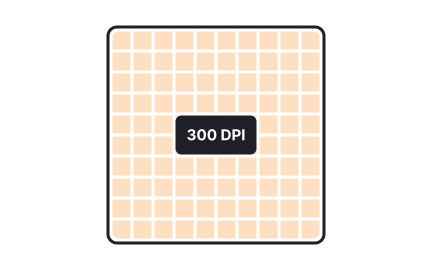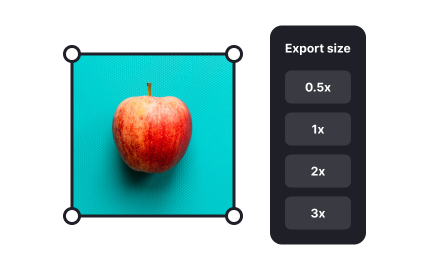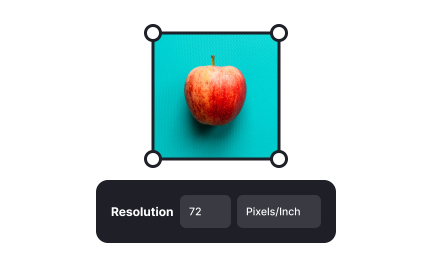Pixels
Pixels are the smallest units of a digital image or display, forming the building blocks of screens and graphics by combining color and brightness values.
TL;DR
- The smallest unit in digital images and displays.
- Combine to form complete visuals.
- Each holds color and brightness information.
- Define clarity, sharpness, and resolution.
Definition
A pixel, short for “picture element,” is the smallest addressable unit of a digital display or image, storing color and brightness information to create the visuals seen on screens.
Detailed Overview
Pixels are the foundation of digital visuals. Every image or display you interact with is built from thousands, millions, or even billions of pixels. Each pixel represents a single point of color and brightness, and when arranged together, they form the complete picture. Although individually imperceptible at normal viewing distances, the density and quality of pixels determine how sharp and realistic visuals appear.
A frequent question is how pixels relate to resolution. Resolution refers to the number of pixels arranged on a display or within an image. For example, a 1920x1080 display contains 2,073,600 pixels. Higher resolutions increase detail, but they also demand more processing power and larger file sizes. Designers must strike a balance between visual clarity and performance.
Another common query concerns pixel density, measured in pixels per inch (PPI). Two displays with the same resolution can appear very different depending on size. A phone screen with high pixel density appears sharper than a large monitor with the same resolution. For designers, understanding PPI ensures assets are optimized for clarity across devices.
Teams also ask about color representation in pixels. Each pixel typically contains subpixels, red, green, and blue, that blend to produce the full range of colors. The accuracy of this blending affects how realistic or vibrant visuals appear. Poorly calibrated displays may show inconsistent colors, which is why testing across devices is crucial in design workflows.
Accessibility often enters discussions about pixels. Poor contrast or insufficient pixel density can make text or visuals harder to perceive, especially for users with low vision. Ensuring sufficient resolution, clear contrast, and properly scaled content supports inclusivity. Designers often rely on vector graphics when scalability is essential, since they are not limited to fixed pixel counts.
Learn more about this in the Pixel Exercise, taken from the Devices and Display Terminology Lesson, a part of the Design Terminology Course.
Resolution describes the number of pixels in a display or image. More pixels mean higher resolution, which translates to greater detail. For example, a 4K display has four times as many pixels as a 1080p display.
Higher resolution provides sharper visuals but also increases file size and processing requirements.
Pixel density, measured in PPI, refers to the number of pixels packed into each inch of a display. Higher pixel density makes visuals appear sharper because pixels are smaller and less noticeable.
This is why smartphones often look clearer than large monitors, even with similar resolutions.
Pixels typically consist of subpixels in red, green, and blue. These subpixels combine at different intensities to form a wide range of colors. The blending is invisible to the naked eye but essential for accurate color reproduction.
Calibrated displays ensure that the colors produced by pixels match design intentions.
Low pixel density or poor contrast can make text difficult to read for users with vision impairments. Ensuring adequate resolution and designing with strong contrast ratios improves legibility.
Vector graphics and scalable assets also help maintain clarity across varying screen densities.
Yes. Pixel art embraces the limitations of low resolution to create distinctive aesthetics. Designers also emphasize pixel precision in UI work, ensuring edges are crisp and avoiding blurry alignments.
Pixels, while technical, also provide opportunities for intentional style and expression.
Recommended resources
Courses

UX Design Foundations

Design Terminology

Common Design Patterns
Lessons

Designing for Mobile Interfaces

Image Properties










